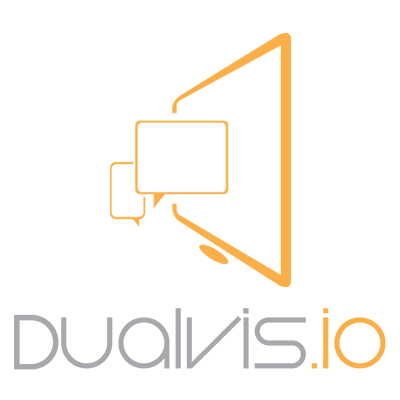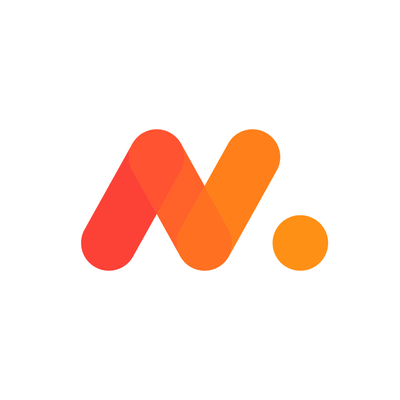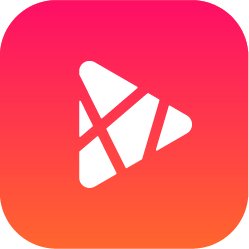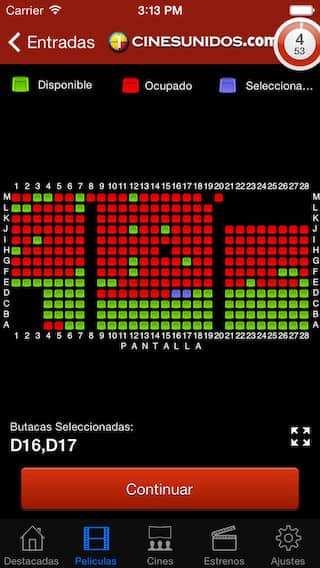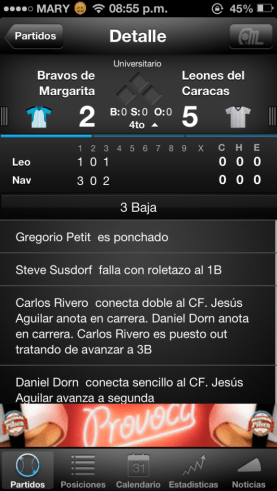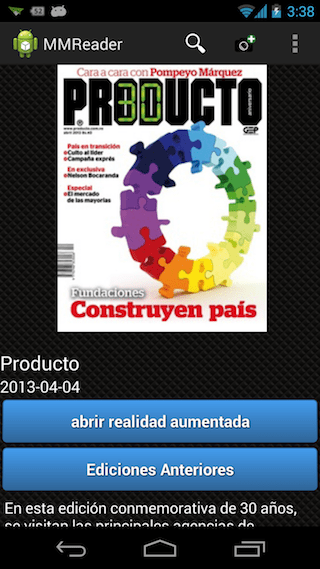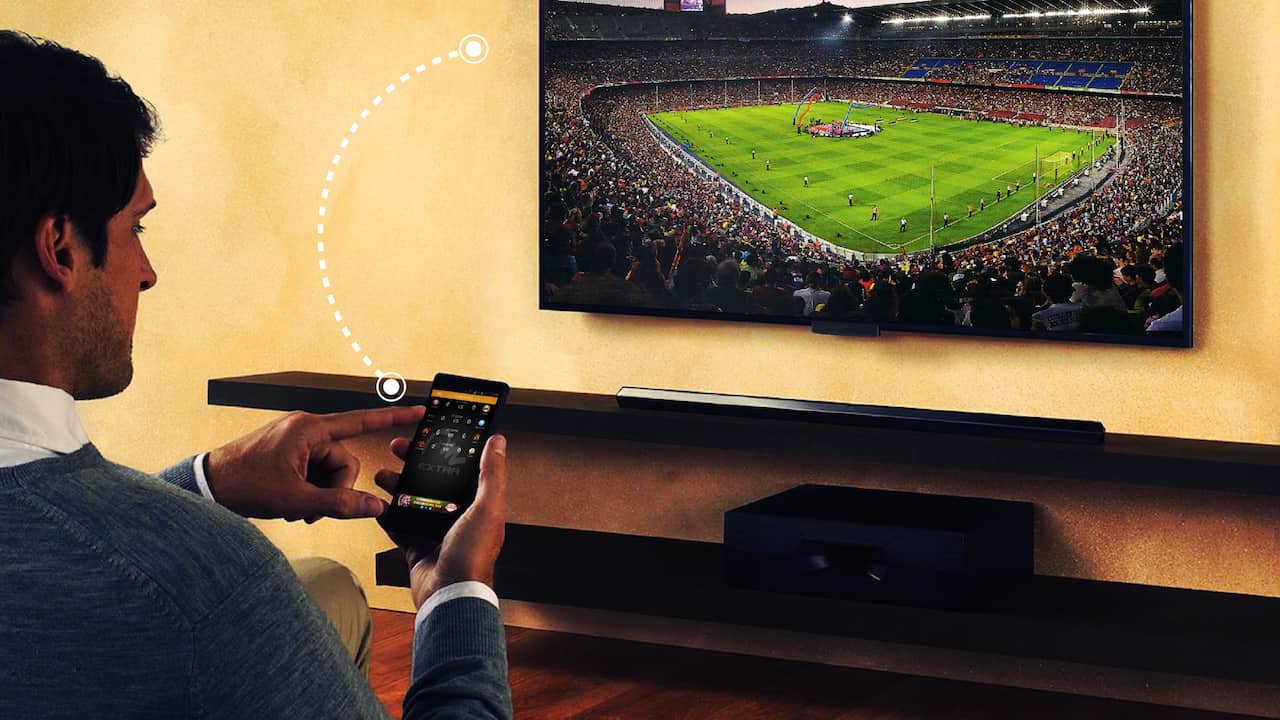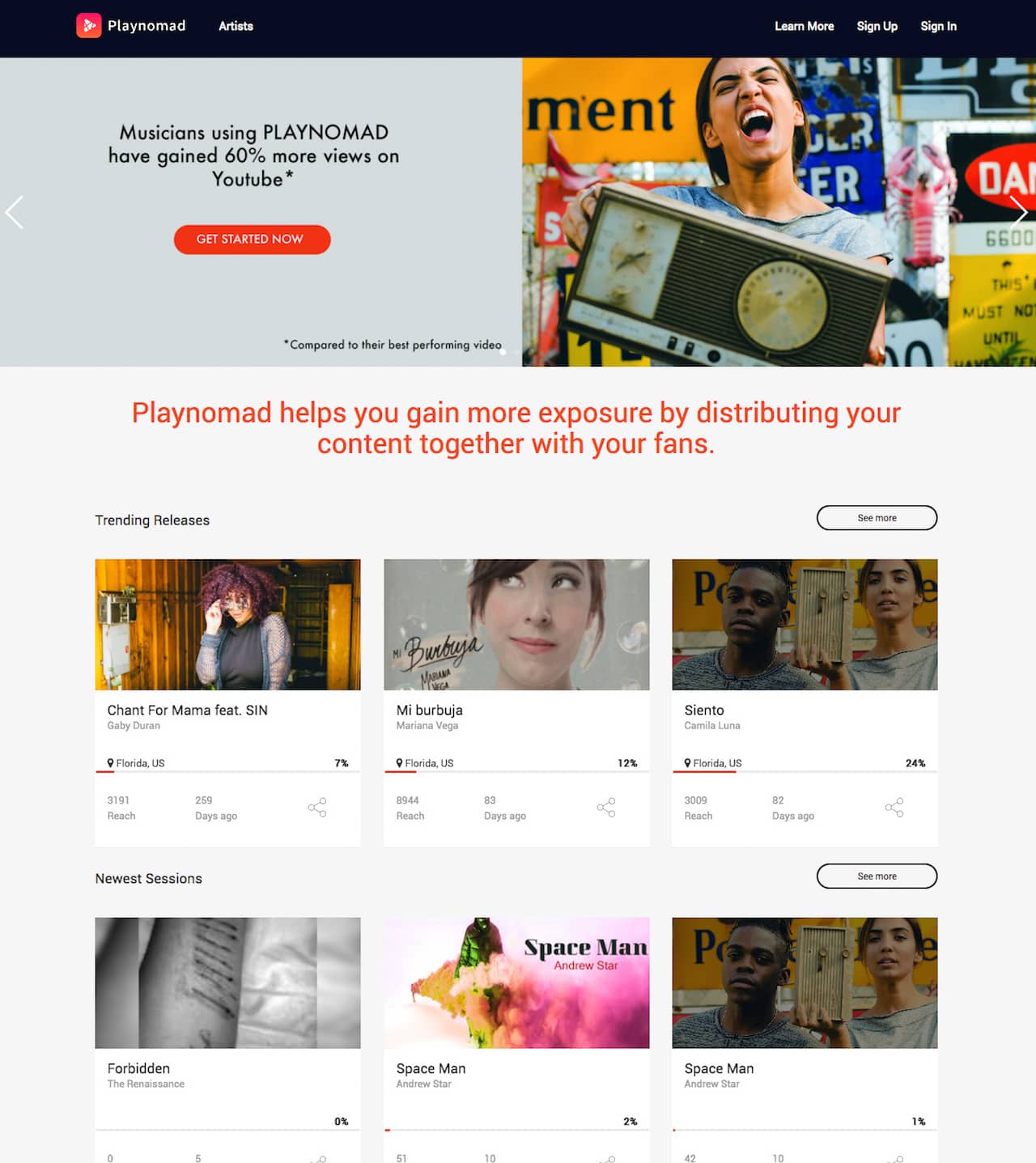Mobile Media Networks
Mobile Media Networks
2007 - 2013
Agency, partner
I worked for a long time in Mobile Media Networks, a small mobile development agency in Venezuela. Initially, I worked as a software developer but later my job evolved into a combination of project manager and product manager.
My role changed from coding my own projects to supervising and helping in the most important projects, including being the tutor of 9 interns. I met with clients to gather requirements and was in charge of determining and organizing product features. This company worked in more than a hundred products with companies of all sizes in both Venezuela and Colombia, from small businesses to Plumrose, Coca-cola and RIM/BlackBerry. In 4 years we grew from 5 to 47 people and opened another office in Colombia.
From 2010 I became a partner, with a seat in the board of directors. It has been a great experience being in the board of directors of a company for 8 years, trying to define a strategy in a very important moment for the mobile software industry and a very difficult time in Venezuela.
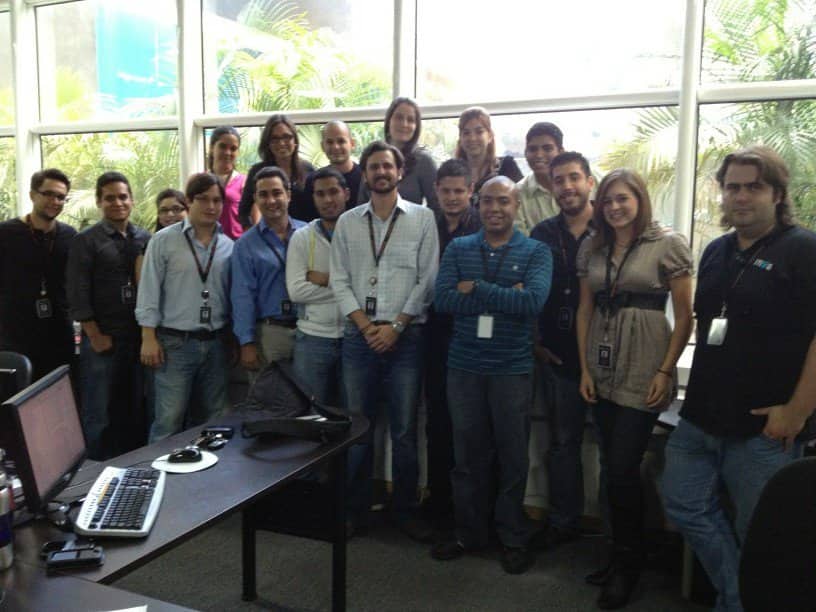
Mobile Media Networks
Cines Unidos
2009
Movie theater, Multi-OS, APIs, prize
An app for a movie theater chain that lets you buy tickets from your phone.
We built this app in four different platforms (BlackBerry, BlackBerry 10, Android and iPhone). I was the main person meeting with the client. My job was separating all the information needed to buy a ticket into different steps and input fields to make the process more comfortable for the buyers. One important challenge early on was how to select seats in a 300 seats theater in a BlackBerry with a trackball (no touchscreen). I also designed the API for the app (endpoints, parameters, responses) and determined all the events that needed to be tracked for analytics. Cines Unidos was only measuring page views and ticket purchases; with the app we started looking at things like how much time before the movie do people buy tickets, or what do they select first: the movie theater or the movie.
In 2012 this app won the “Wireless Achievement Award 2012 - Attendee Choice Award ” at the BlackBerry Annual developers conference. As of 2018 the Android and iPhone versions of this app are still running and selling 15% of the tickets sold monthly.
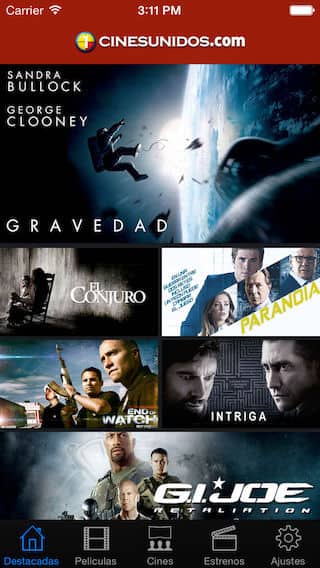

Mobile Media Networks
La Pizarra - Beisbol Total
2009
Product
An app for following the Venezuelan winter baseball league that ran for 5 years.
We were sponsored by a big beer brand in Venezuela and launched versions for BlackBerry, Android and iPhone. The most interesting part about it was researching how and when people were using this app. We used a tool called Flurry, one of the first mobile analytics providers. We learned a lot about user behavior during games and off games. We tried to incorporate a chat room inside each game for users to talk about the game, but it was not interesting for users. Later with some interviews we learned that they were mainly using the app to follow the scores when they couldn’t watch games on tv.
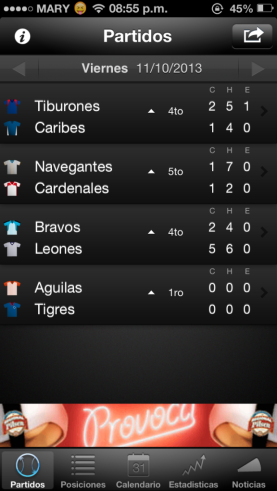

Mobile Media Networks
Imprezio
2010
Product
An AR app for magazines and newspapers
The idea was to provide an app for an editorial group with several magazines and a newspaper to enrich their printed content with multimedia. The advertisers were going to be able to provide interactive experiences to their print ads if they paid an extra fee. It was a mobile app for iOS and Android that used augmented reality (Metaio AR engine, later bought by Apple) to show extra content when people pointed their phones to the magazines. We did a beta with Playboy magazine Venezuela, Meridiano newspaper and Farmatodo Magazine (a chain of pharmacies similar to Walgreens in the USA). The editors were excited about the program but advertisers were unwilling to pay and produce the extra content, which made the project unsustainable and it was consequently shut down.
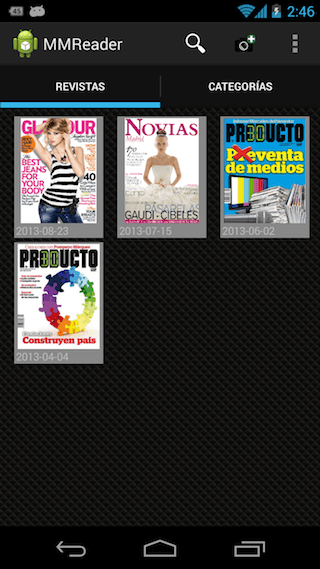

Startup
Dualvisio
2013
startup, Second-screen
A second screen experience for sports broadcast.
For the FIFA World Cup Brazil 2014 we built a 2nd screen experience for a sports TV network called Meridiano TV. This app wanted to give extra information about the match on screen, as well as additional information about the sponsors during commercial breaks. My initial research determined all the events during the game that had extra information to show. The back office system to send those events to the apps was also a UX challenge: a person had to be able to register a goal or a red card in less than 20 seconds. With a visual designer, we created the screens to show that information. It had to be consistent with what you saw on TV and easy to read because people usually had just a moment before the game resumed. I went to a TV studio during a UEFA Champions League game to measure the length of time between a yellow card and the continuation of the match, how often do narrators provide additional information about players and what they say. The platform worked well for 30 World Cup matches that were transmitted by Meridiano TV. We managed to get 9 sponsors for the app and 60 thousands downloads.
We got selected ( 11th generation in 2013) for Startup Chile accelerator in Santiago, Chile to make this app adaptable to any TV network around the world. One of our founders went to Chile because of this program, we couldn’t get a deal with a TV station there because they wanted to wait after the World Cup to see how it went in Venezuela. I learned a lot about selling to big corporations when your product is starting.

1
Mobile Media Networks
Mobile Media Networks II
2015
Agency, Team
A second period in a bigger and more mature Mobile Media Networks.
As an agency, we realised that a lot of our clients were unsuccessful with their apps because they didn’t have a strategy and they didn’t plan how the app was going to integrate with their business. That led us to start a product department, and one product person was involved in every proposal and every approved project.
As a lead product manager I managed three people in charge of advising clients and designing products for our clients. They were people promoted internally and trained by me to help their teams build apps more valuable to their users. We wanted to make them successful and establish long-term relationships with those clients; if an app fails they don’t develop new versions. With the sales and engineering departments we implemented JIRA boards and workflows to be sure that the end product was consistent with the client’s needs.

Startup
Actigo
2015
Startup, Fitness, Marketplace
A service for people that like fitness activities to find new ones and book a place for them.
It was a marketplace for independent instructors to offer their classes and make the process of recording attendance and collecting payment easier for them . We tried to use lean methodologies in this startup, to always learn and apply what we learned fast. Fitness instructors demonstrated a lot of interest in the platform, but they didn’t promote it enough with their existing participants. With time it became clear that what they most wanted was that we brought new participants to their classes. I interviewed instructors and participants to find out what they wanted. We learned a lot about the inconsistencies of people about exercise (what they say they want to do and what they actually do, that they say they will like to try new classes but are loyal to the same instructors)
I learned a lot about marketplace dynamics and how managing a two-sided product is like growing two products at once. We tried stimulating the supply and demand separately but it didn’t work. In the end we ran out money without generating enough revenue and had to quit.
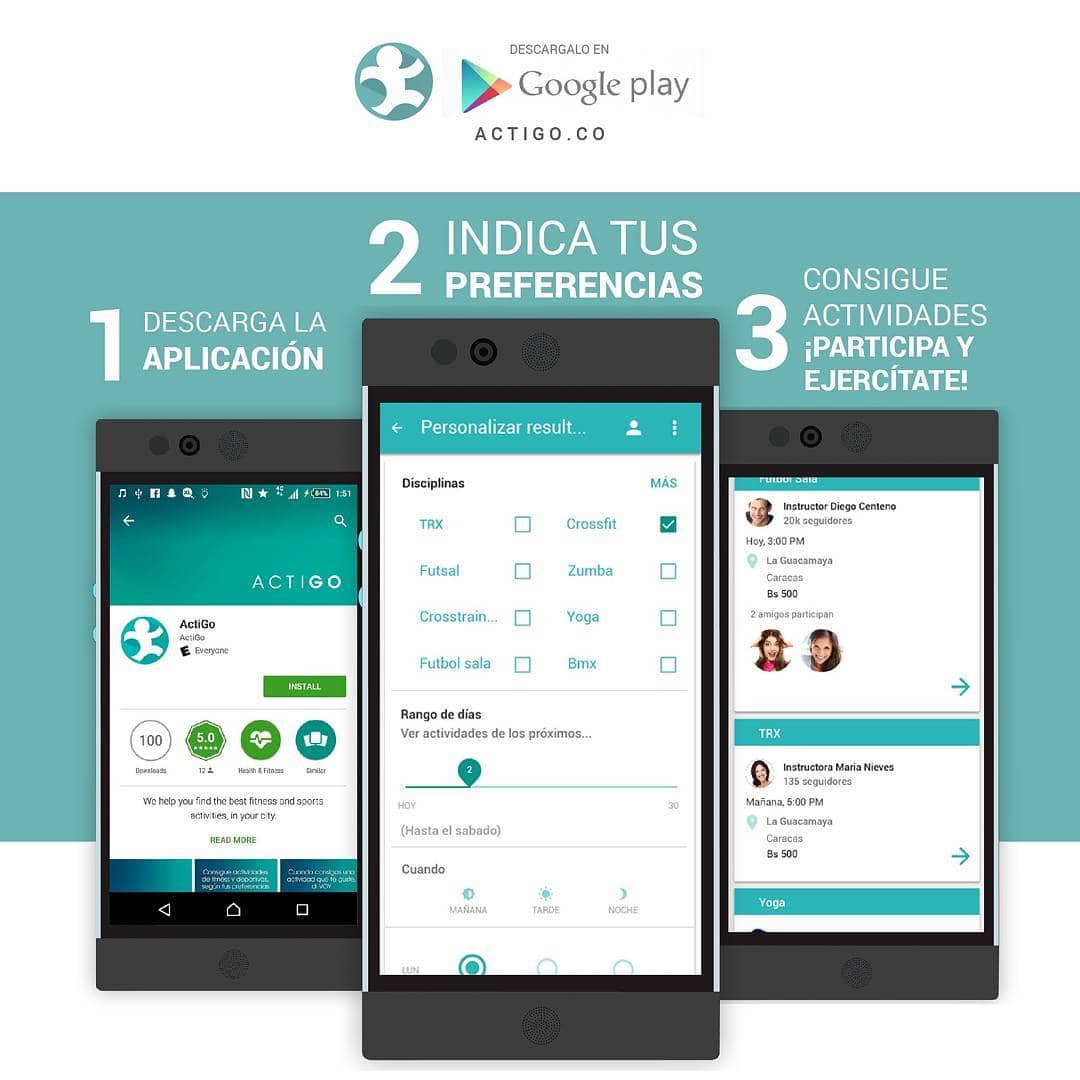
Startup
Playnomad Music
6 Apr
2 min read
A platform through which musical artists get help from their fans in promoting their new songs, videos or gigs.
Fans of each artist were able to pledge their support in a social media message (Twitter, Facebook or Instagram) for a specific time, such as a new video launch. When the right time came, hundreds of messages went out simultaneously promoting the new content or the date concert tickets go on sale. We managed to get 103 artist onto the platform to launch 110 content releases. What we learned is that artists with a small number of followers didn't manage to get enough supporters and artist with large fan bases(Followers in social media) usually didn’t need this because their post went viral or was picked up by mainstream media. We also learned that producing new content is a long process and most artist release new things less than four times a year, making it difficult to keep them engaged.
We tried to pivot to use the same tool for cause marketing because one of the founders had experience in this area. Those efforts were starting when I left for personal reasons (Feb 2018).


